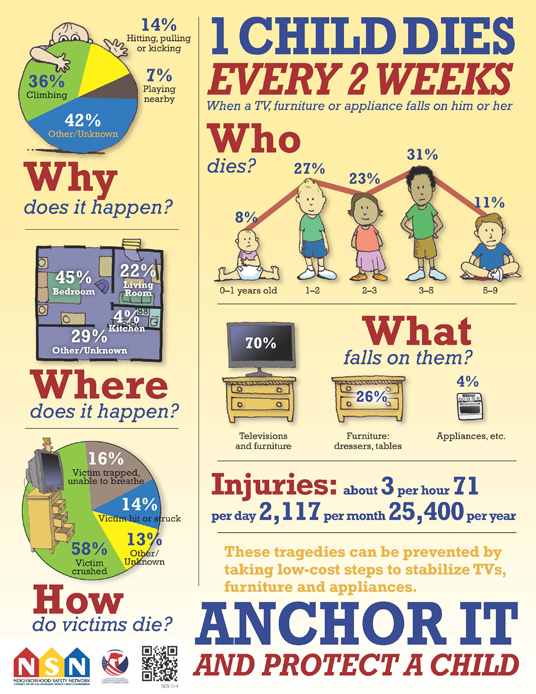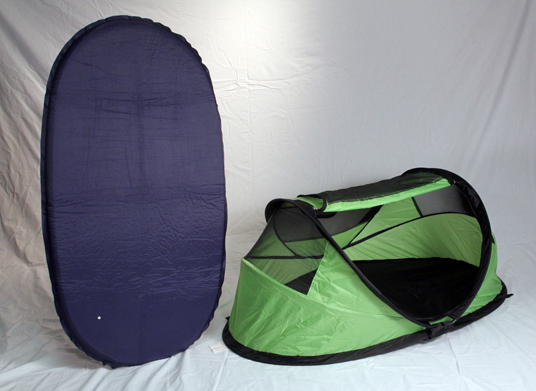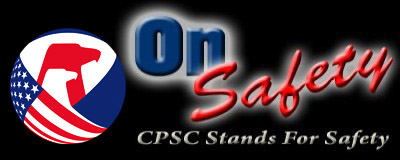OnSafety is the Official Blog Site of the U.S. Consumer Product Safety Commission. Here you'll find the latest safety information as well as important messages that will keep you and your family safe. We hope you'll visit often!
|
By CPSC Blogger on February 8, 2013
Two women are reported to have died from carbon monoxide poisoning recently in Chicago, according to the Chicago Tribune. The newspaper reports that a faulty boiler is suspected. Elsewhere, in Oxford, Conn., a man reportedly died due to high levels of carbon monoxide (CO) found in a home where he was housesitting. The dogs in the house died, too. (Connecticut Post, 1/30/13).
These reported deaths are just two of the regular, tragic reminders we see that carbon monoxide is a killer. In fact, CO is called the “invisible killer,” because you can’t see, smell or taste it. Don’t let this happen to you.
The best way to prevent carbon monoxide poisoning in your home is to:
- Have fuel-burning home heating appliances – your furnace, chimney, water heater, etc. – checked by a professional every year to make sure they are working properly.
- Install carbon monoxide alarms on every level of your home and outside bedroom areas.
- If you use a generator when the power goes out, keep it outside, far from windows and doors. Do NOT use a generator in your garage.
Carbon-monoxide deaths are more common than you might think. According to a new CPSC report:
- There were an average of 169 unintentional, non-fire CO poisoning deaths each year between 2007 and 2009.
- 1/3 of the deaths were associated with carbon monoxide from heating systems, such as furnaces.
- More than 40% of carbon-monoxide deaths are from using generators, such as operating them in a garage or basement, which is extremely dangerous.
- Most CO deaths occur in the colder months of the year: November, December, January and February.
In addition to carbon monoxide risks, space heaters also need to be handled with extra care to prevent unintentional fires. Space heaters are associated with an average of 100 deaths each year between 2008 and 2010.
Just last week, local fire officials reportedly blamed space heaters for fires at homes in Portsmouth, Va. (via Fox 43-TV) and Bristol Township, Pa. (via PhillyBurbs.com).
- Turn the space heater off when you go to sleep or leave the room.
- Keep the space heater at least three feet away from anything that can burn, including curtains and furniture.
Have working smoke alarms on every level of your home, outside bedroom areas and inside each bedroom.
Look for additional life-saving information in CPSC’s Carbon Monoxide Information Center.
This address for this post is: http://www.cpsc.gov/onsafety/2013/02/be-safe-check-your-home-heating/
By CPSC Blogger on December 21, 2012
The deadline for child care centers, hotels, motels and places of public accommodation to comply with the new crib standards is coming up.
As a refresher: Beginning June 28, 2011, there are new new federal safety standards for cribs. All cribs made and sold after that date must meet these new standards, which prohibit traditional drop-side cribs, strengthen crib slats and mattress supports, improve the quality of hardware, and require more rigorous testing from entering the marketplace.
Cribs provided by child care facilities, family child care homes, hotels, motels and other places of public accommodation have until Dec. 28, 2012, to meet the requirements of the new standards.
Here are some materials that we have created to help you understand the new standards and what you need to do:
In addition, we continue to receive questions about the new standard. Many of your questions revolve around evacuation cribs and play yards.
Evacuation Cribs
Cribs in child care facilities, family child care homes and places of public accommodation must meet the requirements of the new federal safety standards for full-size or non-full-size cribs. The regulations do not offer any exemptions or exceptions for evacuation cribs, regardless of how they are used.
Play Yards
The new crib standards do not apply to play yards. CPSC recently strengthened the safety standards for play yards. This new standard will take effect in February 2013. From CPSC’s regulatory perspective, a play yard can be used in lieu of a crib. HOWEVER, some state regulations prohibit the use of play yards in lieu of cribs in a child care setting. If you choose to replace the cribs in your child care with play yards, please familiarize yourself with your state regulations.
This address for this post is: http://www.cpsc.gov/onsafety/2012/12/dec-28-crib-standard-deadline-fast-approaching/
By CPSC Blogger on December 13, 2012

A new CPSC data report shows that 349 people (84 percent of them children under 9) were killed between 2000 and 2011 when TVs, furniture, or appliances toppled over onto them. The 41 reported deaths in 2011 were the highest number reported in one year. That’s an increase from 31 in 2010 and 27 in 2009.
Here are excerpts from our Twitter chat in February with more information and safety tips from CPSC, Kids in Danger and Dr. Gary A. Smith of Nationwide Children’s Hospital.
Help teach all parents to prevent these tragedies. Share the poster above on Facebook. Pin it on Pinterest. Post it on Twitter. Print and post it for parents in your communities.
This address for this post is: http://www.cpsc.gov/onsafety/2012/12/cpsc-research-1-child-dies-every-2-weeks/
By CPSC Blogger on November 20, 2012

In 2012, CPSC staff has learned of about 500 incidents involving children and adults who were injured by single-load laundry packets like those shown above. Children have required hospitalization from ingesting the product due to loss of consciousness, excessive vomiting, drowsiness, throat swelling, and difficulty breathing (requiring intubation).
Do NOT let children handle laundry packets. Keep them locked up and out of a child’s sight and reach.
Read and Share this CPSC Safety Alert.
This address for this post is: http://www.cpsc.gov/onsafety/2012/11/single-load-liquid-laundry-packets-harmful/
By CPSC Blogger on November 16, 2012
If you own this PeaPod travel bed, which comes in many colors, stop putting your child in it and order a free repair kit.

Infants and young children can roll off the edge of the inflatable air mattress, get trapped between the mattress and the fabric sides of the tent and suffocate. CPSC is aware of a death of a 5-month-old boy who was found with his face pressed against the side wall of the tent. The cause of his death was not determined. CPSC and Health Canada are jointly aware of nine reports of children who became trapped in the product or experienced physical distress inside of it. Two of those babies were found crying underneath the mattress, which had not been inserted into the zippered pocket on the bottom of the tent.
KidCo will start shipping repair kits to consumers in December 2012, but you can contact the company today. Here’s specific information about which models are included in the recall and KidCo’s contact information.
This address for this post is: http://www.cpsc.gov/onsafety/2012/11/peapod-travel-tent-recall-suffocation-entrapment-risk/
|
|










